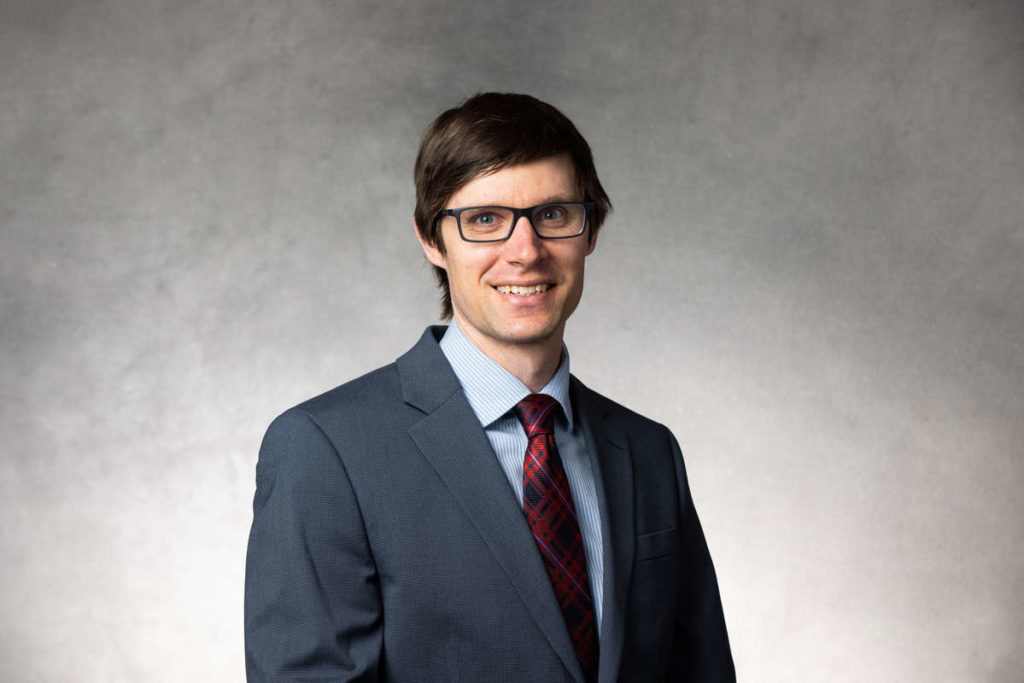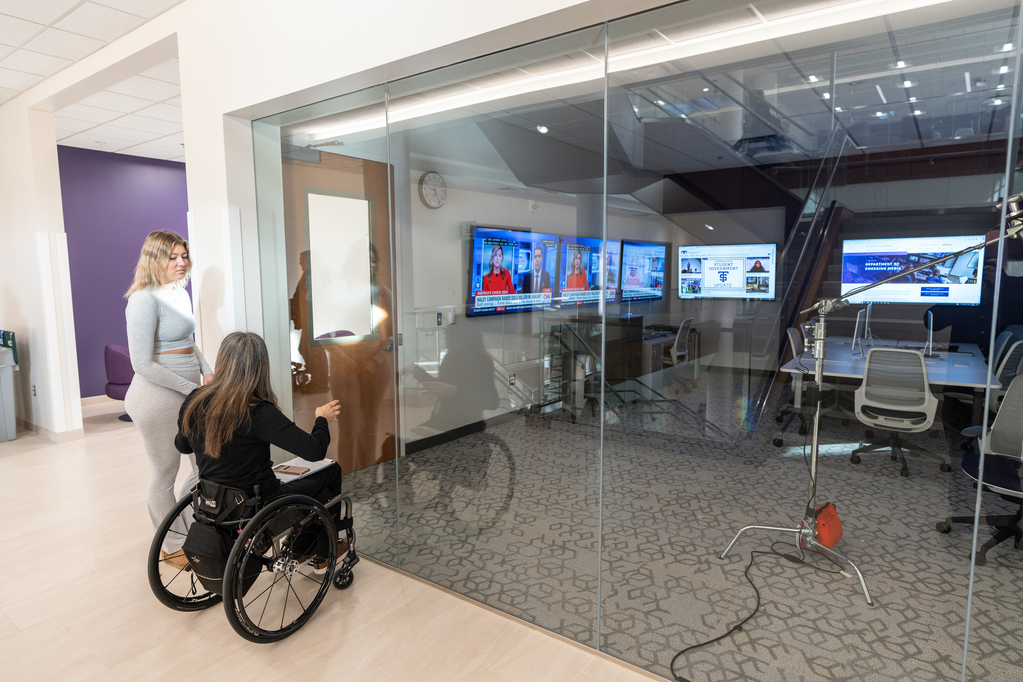
Later this year, the Full-time UST MBA program should be greeting its fourth program director since the program’s inception in fall of 2003. My involvement with our Full-time MBA students, staff and faculty will continue as the assistant dean for UST MBA programs. However, my number one mission since I joined the University of St. Thomas as the program director and, later, as assistant dean, will come to a close. I was brought in to lead all four MBA programs, including our Evening, Health Care, and Executive UST MBA programs. But with an organizational structure that looked radically different from the structure we have today, and with seasoned program directors reporting to me for the Executive and Health Care UST MBA programs when I assumed my role, it was clear that hands-on leadership of a relatively new and rapidly growing full-time program was an area that would require the greatest amount of my working day.
Coming to my first academic post from a corporate marketing and management consulting background, I had a great deal to learn. I was excited by the challenge. Having earned an M.B.A. myself some 20-odd years ago, as well as having earned another masters degree, I had significant exposure as a consumer of graduate education, but no deep understanding of how the magic was made. What’s more, I have been an active alumnus of the University of Michigan’s Ross School of Business and stay connected with my old professors and the school’s administrative staff, as well as a number of my fellow alumni. In addition, I’ve played the role of corporate recruiter. Back in the day when I was a marketing director with Johnson and Johnson, I made a number of recruiting visits to Michigan, as well as Northwestern and Indiana University. I was even part of J&J’s Michigan recruiting team. I helped develop and deploy our corporate strategy for recruiting M.B.A. talent at the Ross School. I also had the pleasure of recruiting and supervising a marketing intern for my department one summer. These experiences gave me multiple views to what a high-powered graduate business school was, as well as strong opinions of what graduate education should be.
As I took stock of this new, complex organization that I was asked to lead, at times I felt at risk of sensory overload. The academic calendar year proved to be as cruel a task-master for administrators as it had been for me as a student. The relationship between administration and the faculty has no counterpart in the business world, yet effectively managing that relationship was a critical and sensitive aspect of my new role. I needed to be responsive to multiple constituencies, including my direct reports, the staff members that reported to them, my boss, current students, prospective students, peers in complementary functions, potential employers for full-time alumni and current employers for our part-time students. I found my colleagues, especially faculty, had a voracious capacity for generating e-mail, and quickly found myself challenged to the limit to keep up with their output.
In the midst of this, after about a month on the job, I realized that our current students, although clearly the central reason for our existence, were at risk of falling out of my field of vision. When I did interact with a student, it was typically to deal with an urgent problem – academic performance issues, financial crises, a complaint about a faculty member or a fellow student. I was at risk of seeing our students as level-zero interrupts to a steady flow of information to digest and decisions to make.
I contrasted this to my memory of the educators who had made the greatest impact on me as a student. Without exception, the high school, college and graduate school faculty and staff that I remembered most vividly were the ones where my interaction wasn’t limited to classroom lectures or issue resolution conversations. It was the educators who made time for me to get to know them – to hear my story and to share their own.
It was this realization that led me to the first innovation of my nascent academic career. I instituted office hours. Granted, I didn’t invent the idea of office hours. But it is rather unusual for a non-faculty administrator to maintain regular hours when students (or staff at any level) can stop by, without an appointment, and just engage in dialogue. Often the conversations are issue-driven. A student, despite working regularly with the career services staff for the entire year, finds himself within a few days of graduation and still has no offer in hand. There is a complaint about a grade a student feels was unfair. A summer internship has resulted in an end-of-the summer permanent job offer with an immediate start date – should the student stay in school and finish what she started, or seize the offer now? At other times, it’s just an exchange of ideas, or catching up on how a suggestion made months ago worked out. Sometimes it’s an offer of an idea on how to make our program better.
Although I will be passing along the day-to-day management of the Full-time UST MBA program to a new program director who will be dedicated to leading St. Thomas’ most visible graduate business program, the office hours will continue. The staffing structure for the UST MBA programs looks much different then when I came to St. Thomas two years ago, and we’ve brought in and promoted some tremendously talented new staff, particularly in our Full-time and Evening programs. However, I came to this role with a desire to impact not organizational charts, but the educational experience of our students. And I never, ever find that a minute spent with a student is a wasted minute. It’s those unstructured, unscheduled conversations that have been the most memorable, at least for me. For a few minutes each week, the e-mails and staff meetings will just have to wait.
Asst. Dean Bill Woodson’s office hours are Thursdays from 9:30 to 11 a.m., every week he’s not traveling.






